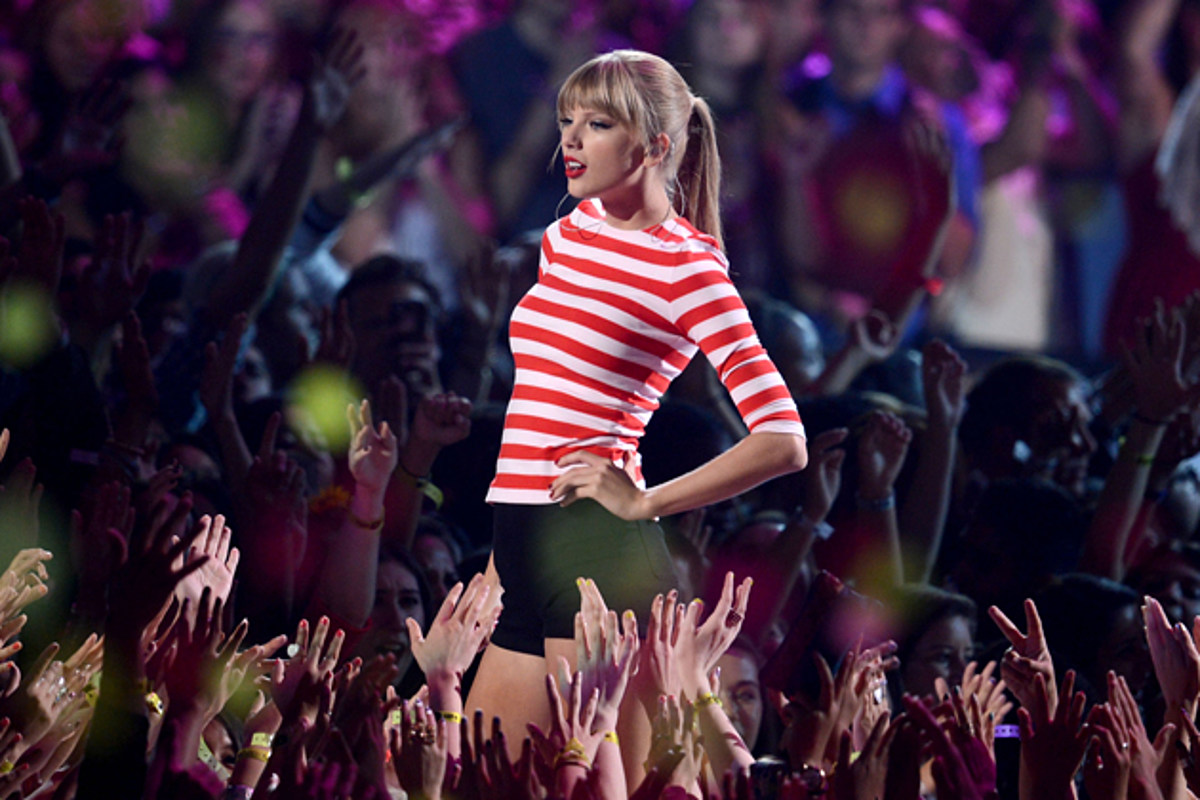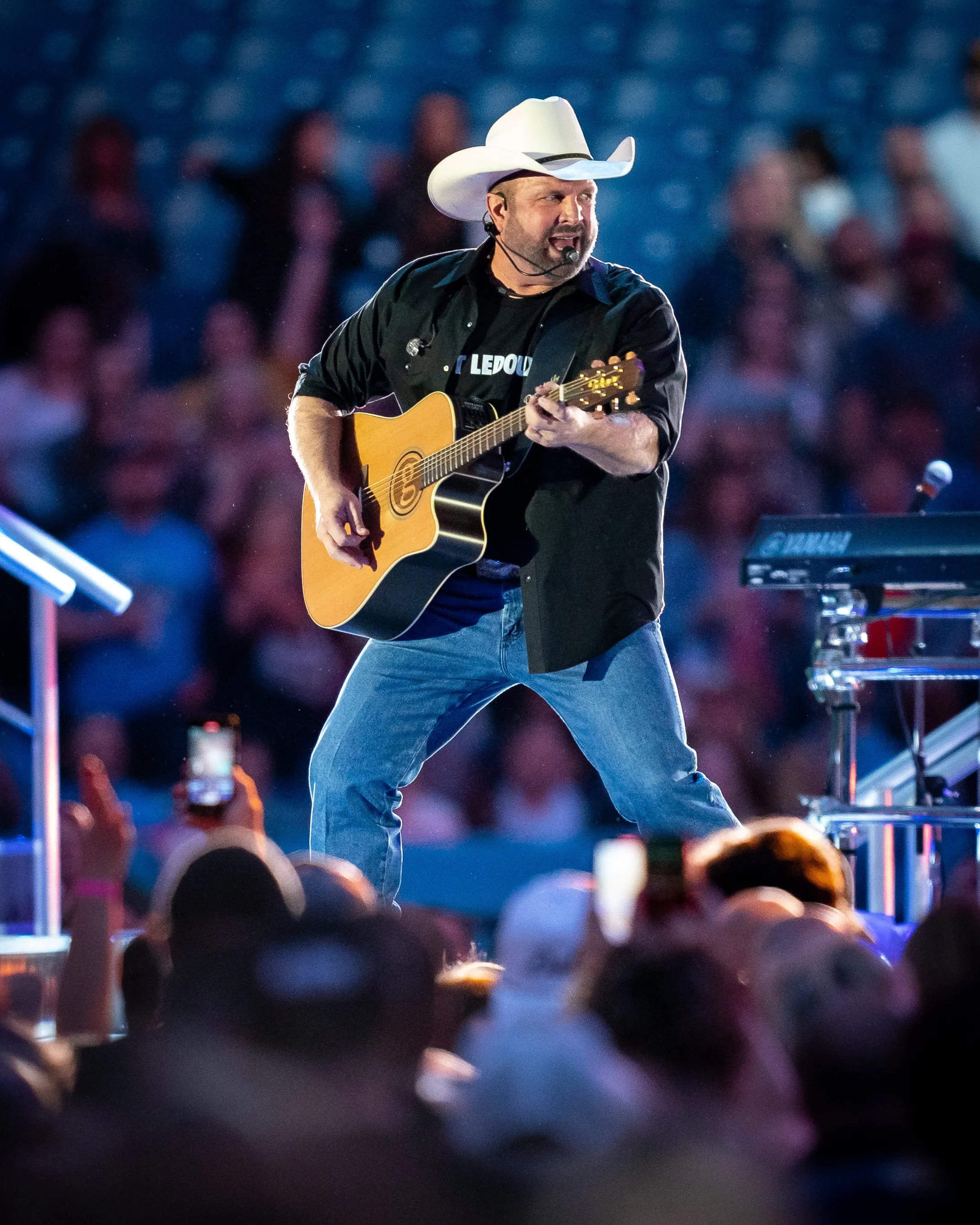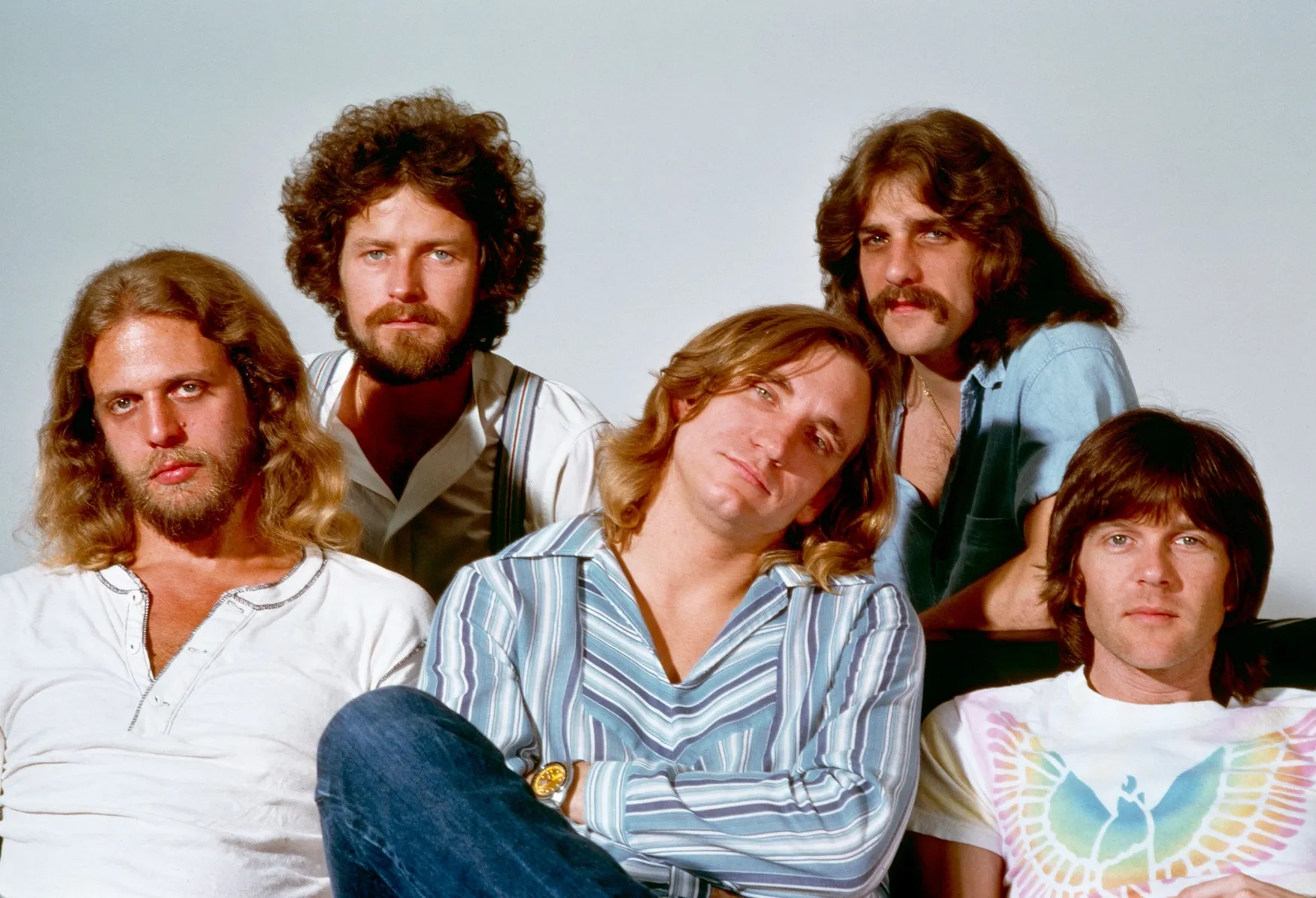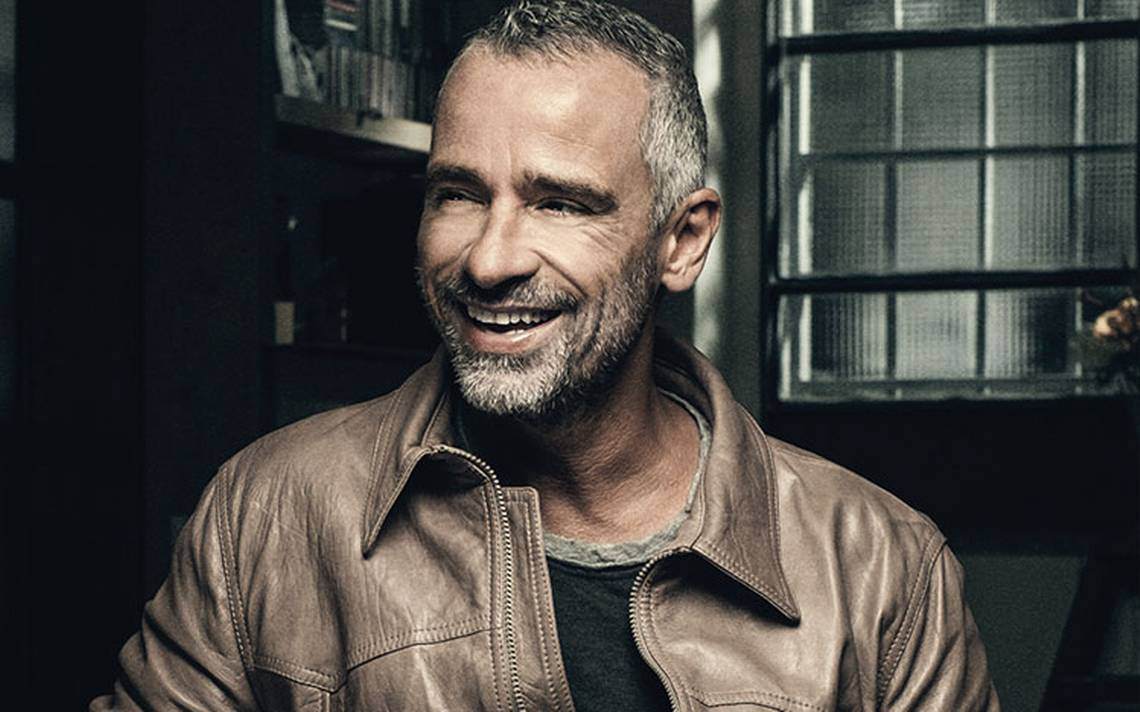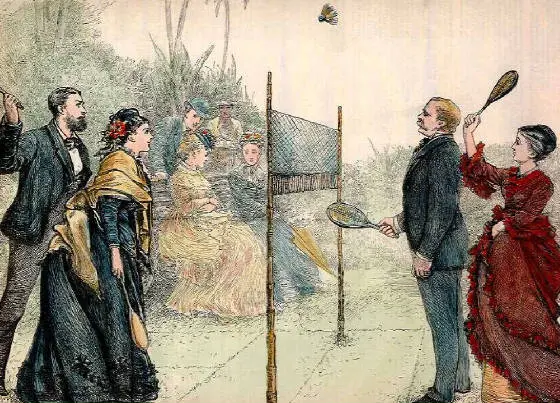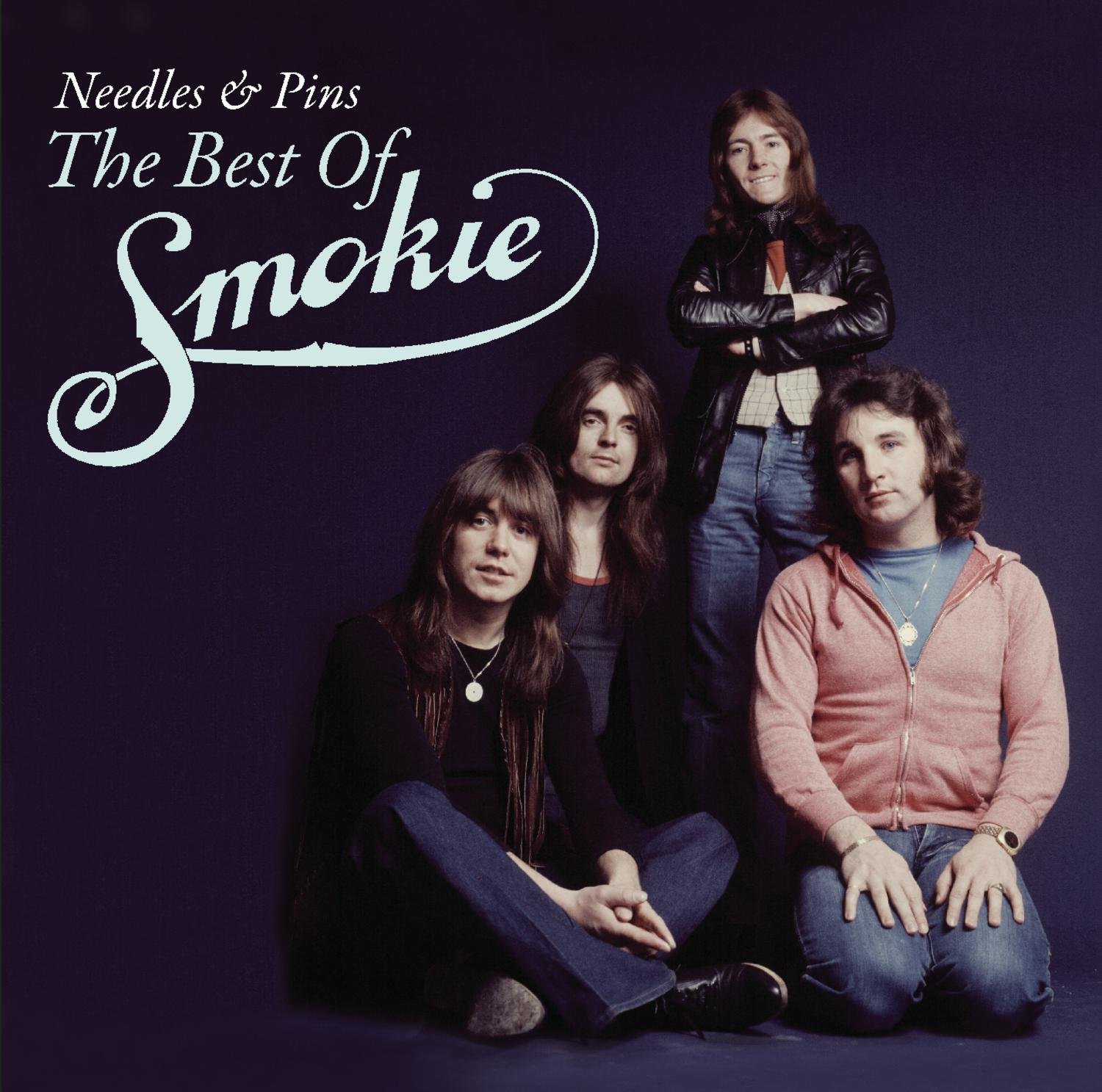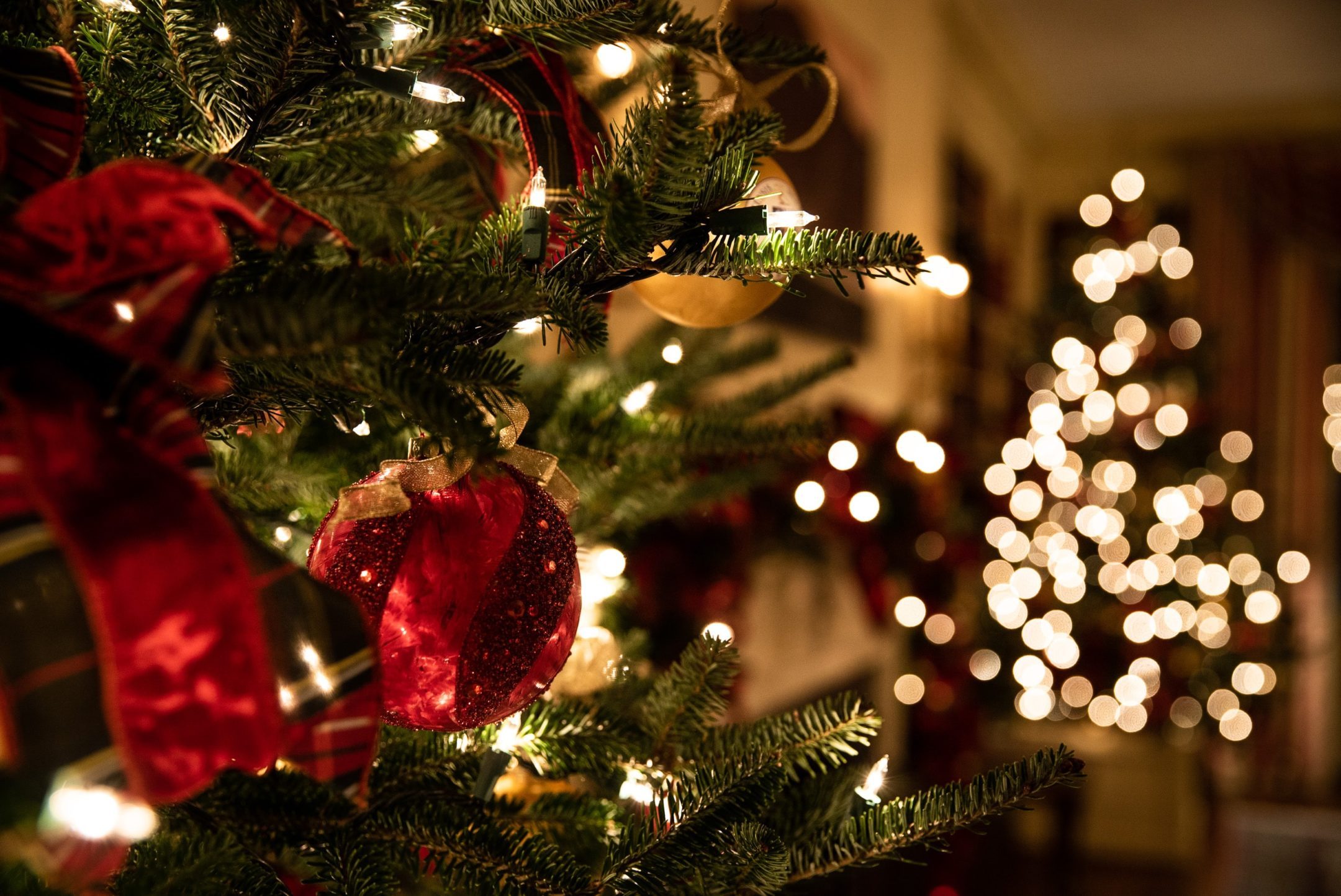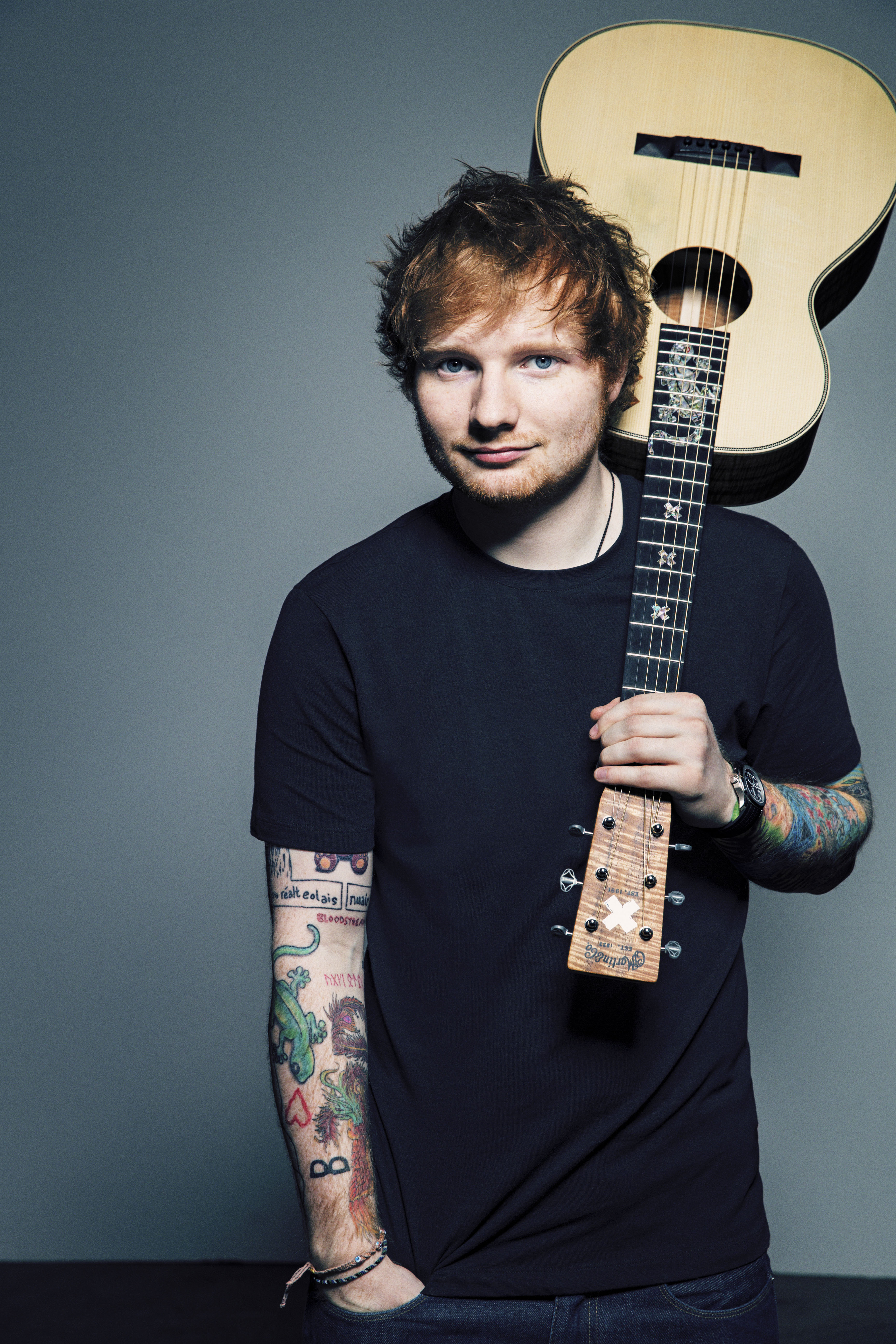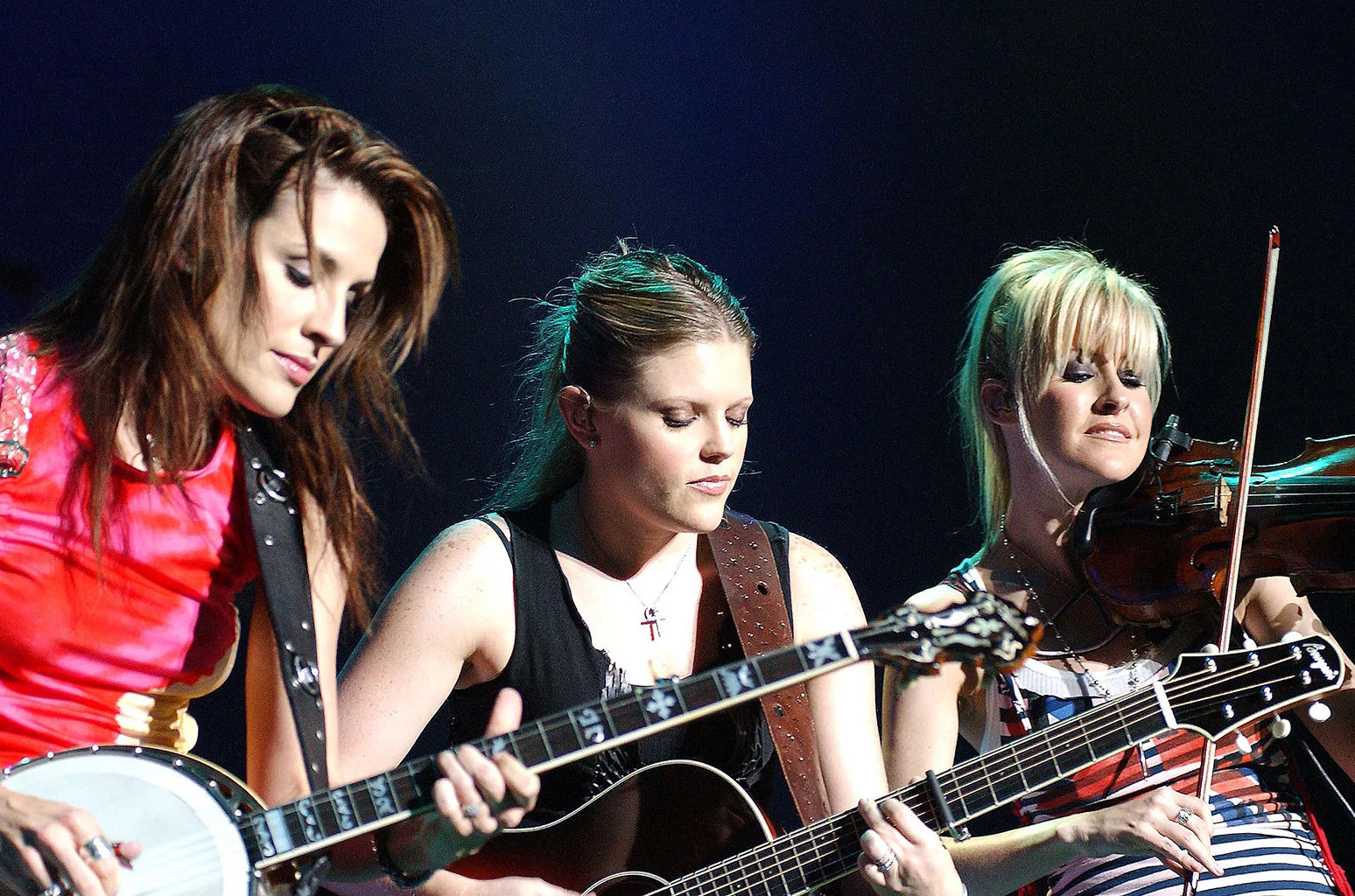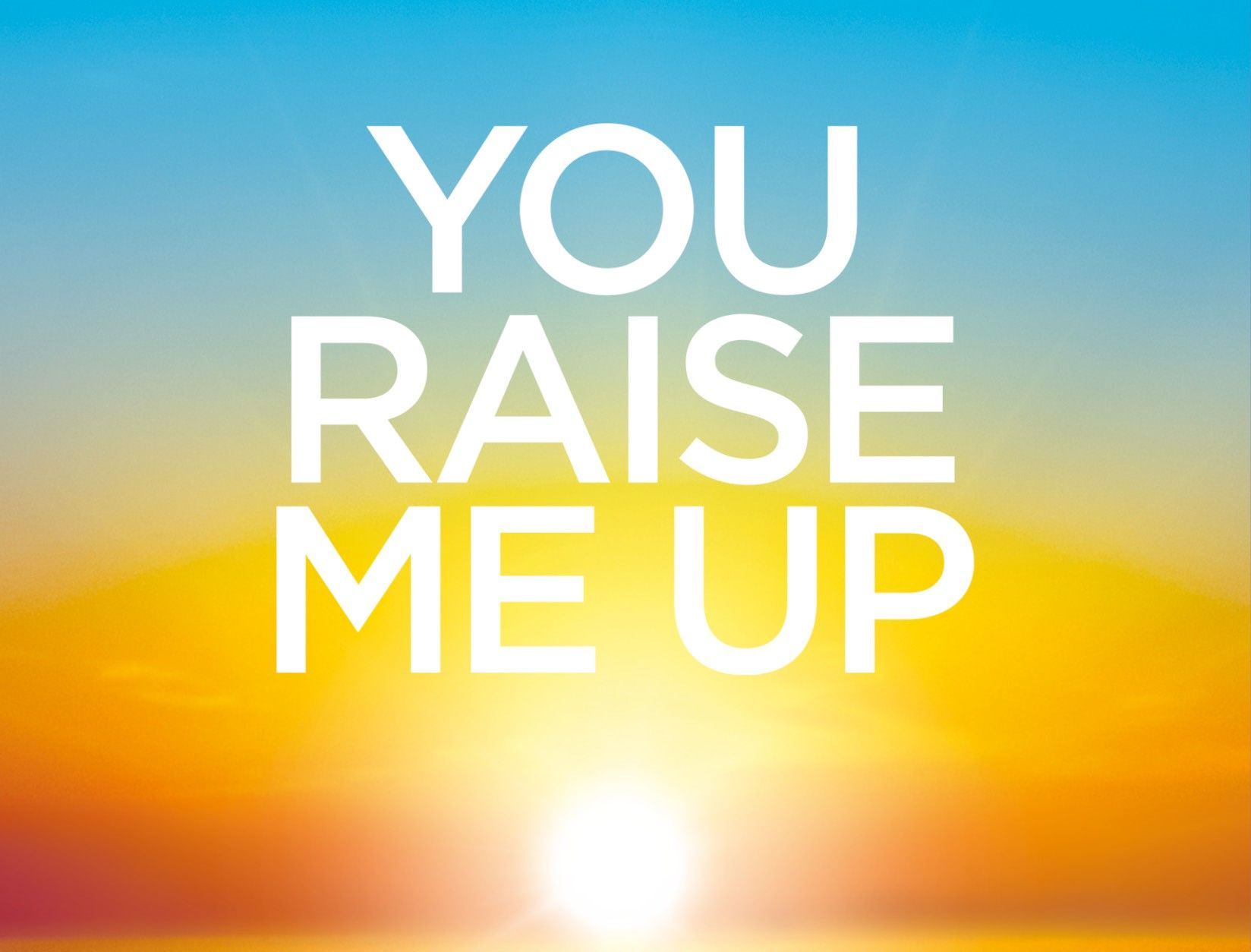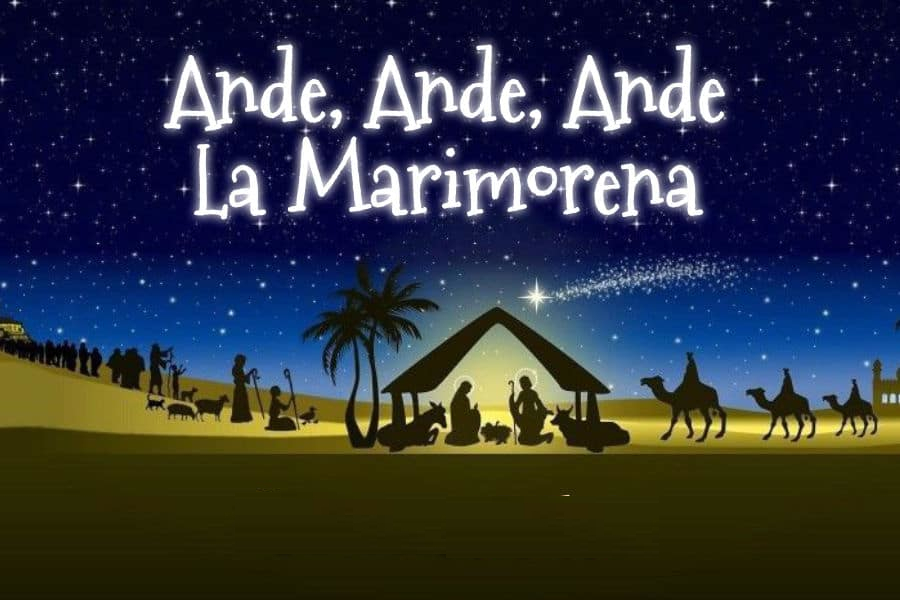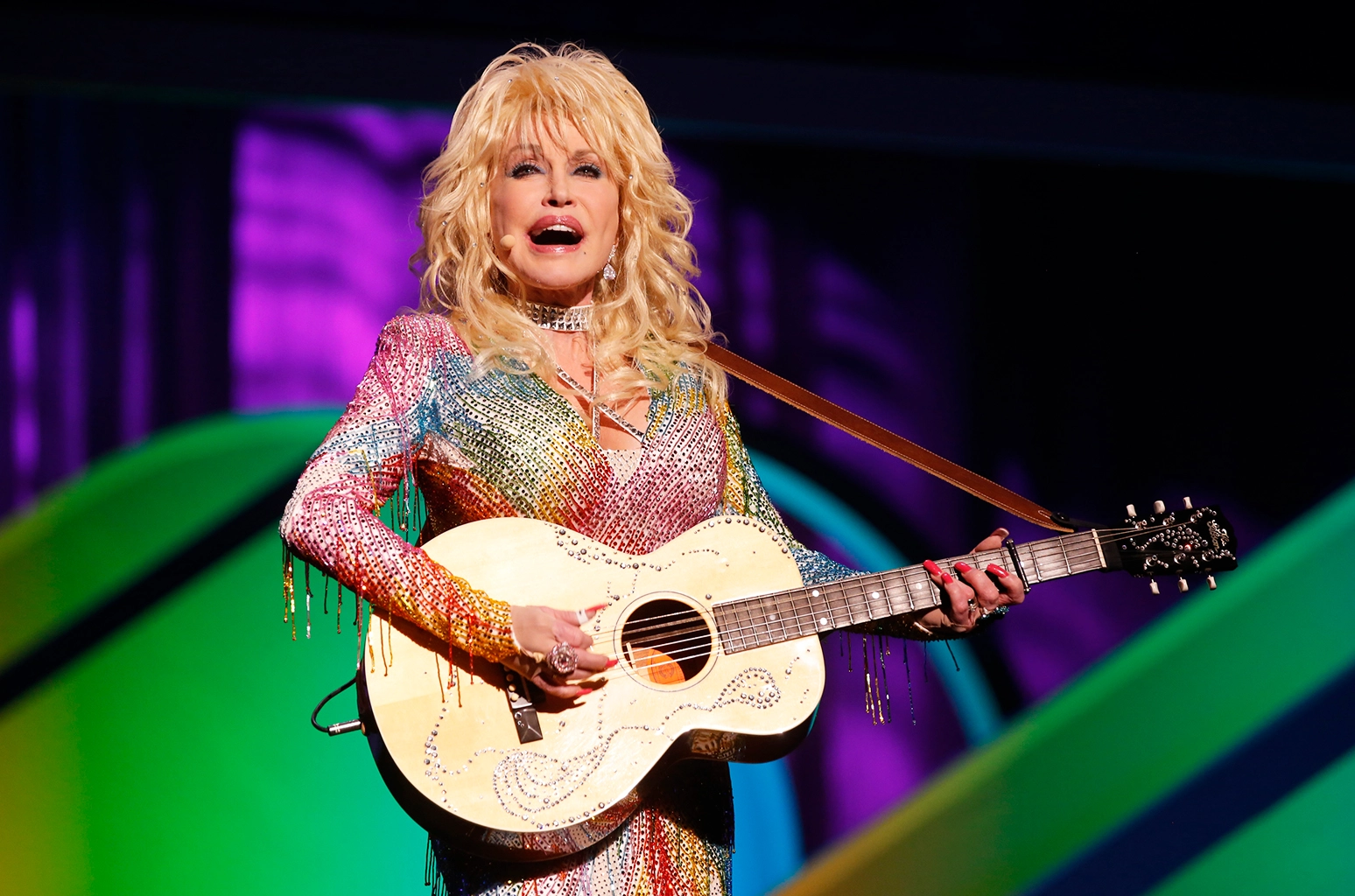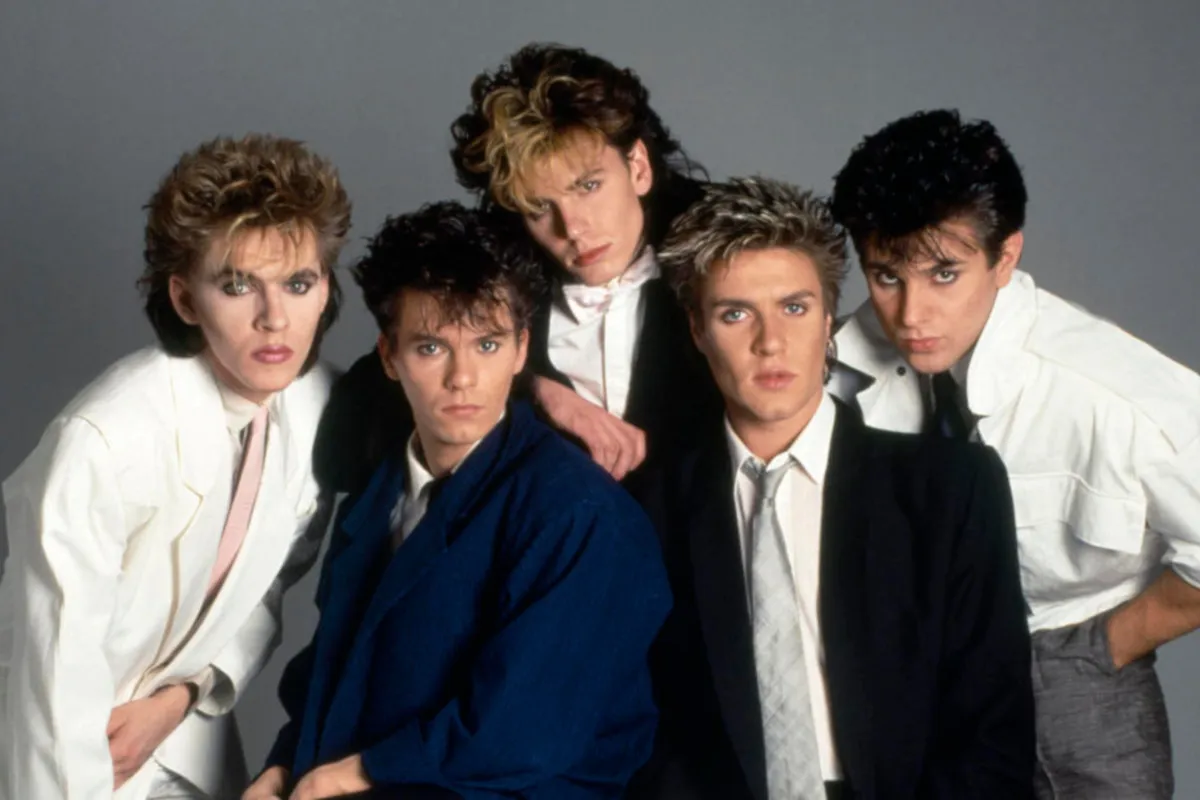
In 1999, Lord Portman became the 10th Viscount and began work on rejuvenating the Estate.
Over the last 20 years, the development of the Estate has gone from strength to strength. We actively manage the property assets, both directly as a landlord to an ever-increasing number of residential and commercial customers, and through our relationships with long-term leaseholders.
We aim to be at the forefront of
property management and placemaking in Central London. This is an example of how an estate can combine a modern, agile and forward-thinking approach to its activities, while remaining loyal to its history, heritage and values.
The Portman Estate dates back to the 16th century, when Sir William Portman, Lord Chief Justice to King Henry VIII,[5] and originally from Orchard Portman in Somerset, leased 270 acres of the Manor of Lileston (Lisson). He acquired the freehold in 1554, but most of the land remained farmland and meadow until the mid-18th century and the building boom after the end of the Seven Years' War in 1763.
In the 1750s William Baker had leased land from the family to lay out Orchard and Portman Streets, and the north side of Oxford Street. Henry William Portman, a descendant of Sir William, continued the development in 1764 with the creation of Portman Square, with buildings by James Wyatt, Robert Adam and James 'Athenian' Stuart, including Montagu House, built in the north-west corner for the famed literary hostess Elizabeth Montagu and later used by the Portman family as their London town house.
Portman Square was the focus of the new estate and was followed by the building of Manchester Square during the 1770s and Bryanston and Montagu Squares 30 years later. These were laid out by the Estate's architect, James Thompson Parkinson. The area remained largely residential, attracting the prosperous middle class who wanted to live near the centre of London. There were also mews for tradesmen and servants. At the southwest corner of the Estate, where Marble Arch now stands, was the Tyburn gallows, London's principal place of public execution until 1783.
Development of the area north of the Marylebone Road around Dorset Square continued after 1815, and to the North West in Lisson Green, workers’ cottages were built from 1820 to 1840. Many of the original Georgian houses north of Portman Square were redeveloped as mansion blocks, which were let on long leases. This development spread along the major traffic routes of Edgware Road and Baker Street.
In 1948 the Estate, then valued at £10 million, was subject to death duties of £7.6 million on the death of the seventh Viscount Portman, resulting in the sale of all the family's West Country estates as well as the northern part of the London Estate in 1951, and the area around Crawford Street the following year. In the later 1950s and 1960s the Estate collaborated with the developer Max Rayne to redevelop the frontage of Oxford Street and Baker Street, as well as the south and west sides of Portman Square.
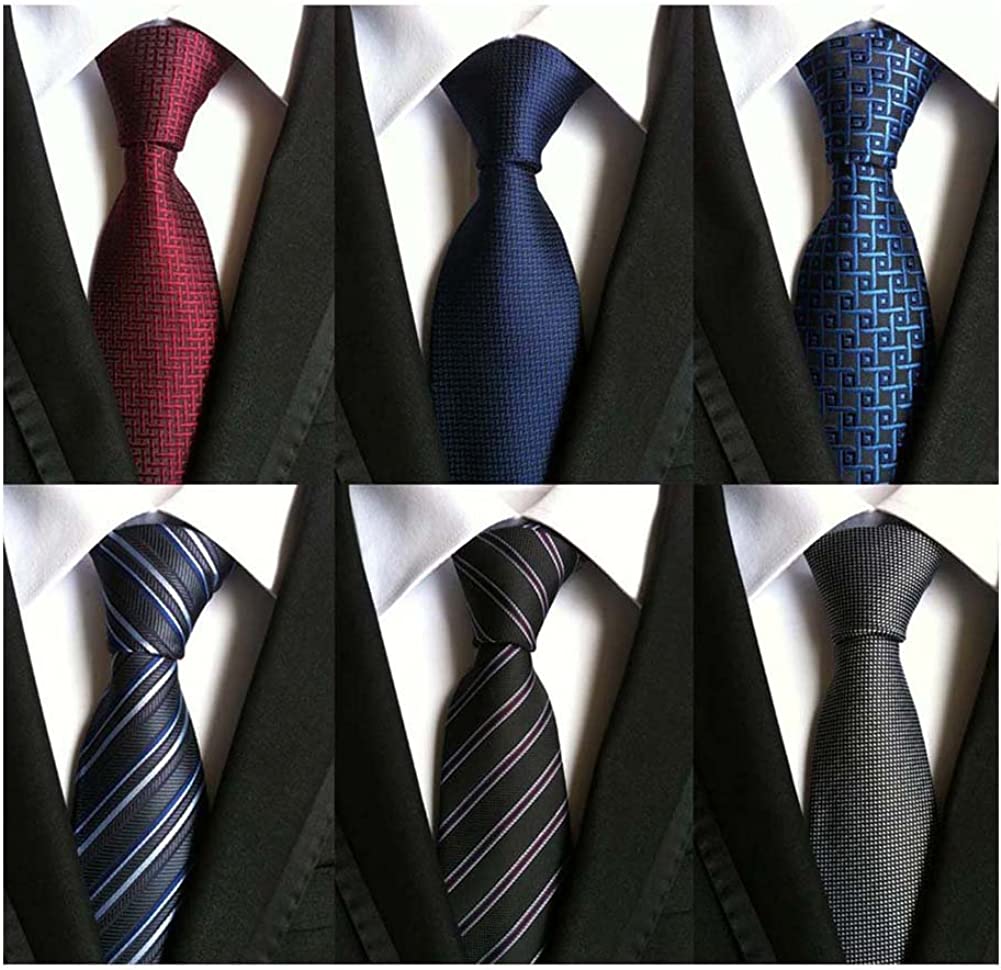
A necktie, or simply a tie, is a piece of cloth worn for decorative purposes around the neck, resting under the shirt collar and knotted at the throat, and often draped down the chest.
Variants include the ascot, bow, bolo, zipper tie, cravat, and knit. The modern necktie, ascot, and bow tie are descended from the cravat. Neckties are generally unsized but may be available in a longer size. In some cultures, men and boys wear neckties as part of office attire or formal wear. Women wear them less often. Neckties can also be part of a uniform. Neckties are traditionally worn with the top shirt button fastened, and the tie knot resting between the collar points.

A suit, lounge suit, or business suit is a set of clothes comprising a suit jacket and trousers of identical textiles worn with a collared dress shirt, necktie, and dress shoes. A skirt suit is similar, but with a matching skirt instead of trousers. It is considered informal wear in Western dress codes. The lounge suit originated in 19th-century Britain as a more casual alternative for sportswear and British country clothing, with roots in early modern Western Europe. After replacing the black frock coat in the early 20th century as regular daywear, a sober one-colored suit became known as a lounge suit.
Suits are offered in different designs and constructions. Cut and cloth, whether two- or three-piece, single- or double-breasted, vary, in addition to various accessories. A two-piece suit has a jacket and trousers; a three-piece suit adds a waistcoat. Hats were almost always worn outdoors (and sometimes indoors) with all men's clothes until the counterculture of the 1960s in Western culture. Informal suits have been traditionally worn with a fedora, a trilby, or a flat cap. Other accessories include handkerchief, suspenders or belt, watch, and jewelry.
Other notable types of suits are for semi-formal occasions—the dinner suit (black tie) and the black lounge suit (stroller)—both which arose as less formal alternatives for the formal wear of the dress coat for white tie, and the morning coat with formal trousers for morning dress, respectively.
Originally, suits were always tailor-made from the client's selected cloth. These are now known as bespoke suits, custom-made to measurements, taste, and style preferences. Since the 1960s, most suits are mass-produced ready-to-wear garments. Currently, suits are offered in roughly four ways:
bespoke, in which the garment is custom-made by a tailor from a pattern created entirely from the customer's measurements, giving the best fit and free choice of fabric;
made to measure, in which a pre-made pattern is modified to fit the customer, and a limited selection of options and fabrics is available;
ready-to-wear, off-the-peg (Commonwealth English), or off-the-rack (American English), which is sold as is, although some tailor alteration tends to be required;
suit separates, where lounge jacket and trousers are sold separately in order to minimize alterations needed, including also odd-colored blazers or sports coats as smart casual options


